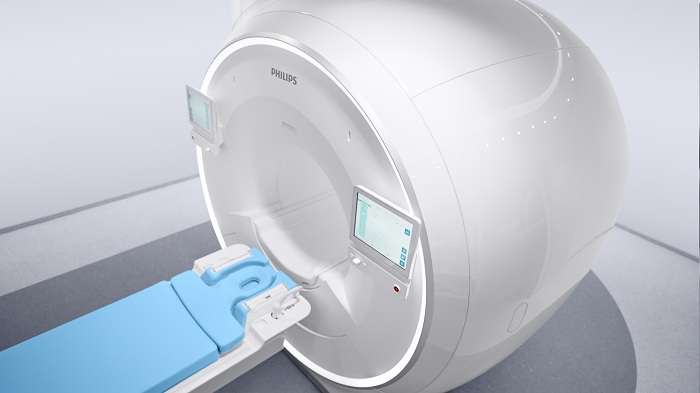MRIs can help doctors diagnose various diseases, but not everyone can afford them. Read this article to learn how to cut down the price of these tests in 2022.
An MRI test is a popular, accurate, and highly reliable medical scan. It’s painless, non-invasive, and doesn’t involve using harmful ionizing radiation. However, its main drawback is that it’s expensive — but if you have Medicare, you won’t need to pay the full price of the procedure. From this article, you’ll get to know how much MRI costs with and without Medicare and what you can do to minimize your expenses.
How Much Will You Need to Pay for an MRI with or without Medicare?
The Medicare Part B medical insurance covers diagnostic non-laboratory tests. This is the category that MRI scans belong to.
If you have the Original Medicare (Medicare Part A and Part B), it should cover 80% of an MRI’s cost. You should be ready to pay the remaining 20% from your own pocket. Your Medicare Part B deductible will also apply. If you have a Medigap policy or Medicare Advantage plan, you might need to pay less.
Please keep in mind that not all healthcare providers support Medicare. If you’re planning to use the services of a facility that fails to support Medicare, you’ll be required to pay the full sum from your pocket.
Now, let’s have a look at exact figures:
- In 2019, the average price of an MRI was $2,611.
- In 2021, clients with Original Medicare had to pay $61 for a brain MRI in a hospital outpatient setting and $99 in an ambulatory surgery center. This price included both facility and doctor fees.
- The cost of the test might vary depending on the state. For instance, it might cost $4,000 in Alaska and $1,000 in Washington.
- In 2022, the deductible part of Medicare Part B will be $233.
Typically, it’s not enough to have only an MRI scan. You’ll need to pay the doctors who will treat the condition that the MRI detects.
In Which Circumstances Will Medicare Cover an MRI?
Medicare won’t cover just any MRI that you might want to have. You’ll need to meet the following conditions:
- A medical professional who accepts Medicare ordered you to have an MRI.
- You need this test to determine the treatment for a medical condition.
- You’ll have an MRI in a hospital, ambulatory center, or another facility that accepts Medicare.
If you can pay the total price of the test from your own pocket, you don’t need to meet any criteria.
Why Might You Need an MRI?
This technology enables medical professionals to diagnose the following health conditions and monitor their progress:
- Tumors, cysts, or other abnormalities
- Liver diseases
- Joint injuries or abnormalities
- Heart conditions
- Breast cancer in women at high risk
- Brain or spinal cord anomalies
- Abdominal organ abnormalities or diseases
MRIs use electromagnet and radio waves to create a cross-sectional image of what’s going on inside your organism. The scanner will send the information to the computer, and a detailed picture will be compiled for your doctor to analyze. Unlike CT scans or X-rays, MRIs don’t involve harmful ionizing radiation.
Alternatives to MRI That You Might Consider
If your insurance fails to cover MRI and you’re not sure whether you could afford this procedure, you might want to consider the following alternatives:
- CT scans. This technology relies on X-rays and enables the medical professional to assess the state of nearly any part of your body. With the help of a CT scan, doctors can diagnose a wide range of health issues: from tumor to bone fracture, from heart disease to cancer.
- Electrocardiograms. During this test, your heart will start to squeeze and pump blood after receiving a small electrical impulse. The medical professional will measure the electrical activity of your heartbeats to detect whether you might have a fast, slow or irregular heartbeat or other heart problems.
- X-rays. This method is also known as radiography. Your body is exposed to a tiny amount of radiation that helps to create photographic images of your internal bones, organs, and other tissue. This approach enables doctors to detect breast cancer, pneumonia, and bone fractures.
- PET scans. This acronym stands for positron emission tomography. Before the scan begins, you’ll be required to swallow or inhale a radioactive drug called tracer. Alternatively, the doctor might inject this substance into your vein. The tracer will collect in areas of your body with higher levels of chemical activity, and they will show up as bright spots on the scan. This type of test comes in handy for patients with cancer, heart problems, and brain disorders.
CT scans might be rather costly, but the prices for all the other services should be much more affordable. Just as in the case of an MRI, you’ll need to pay only 20% of the full price if you have Medicare and have the tests in a facility that supports this type of insurance. The Medicare Part B deductible also applies.
Final Thoughts
Hopefully, this article was informative, and now you better understand the difference between the MRI cost with and without insurance. If you have Medicare and have the test in a healthcare facility that supports this type of insurance, you’ll need to pay only 20% of the total price. If you lack Medicare or opt for a facility that fails to support it, you might need to pay at least $1,000 for an MRI. You might also consider alternatives to MRI to cut down expenses, such as electrocardiograms or X-rays.


















